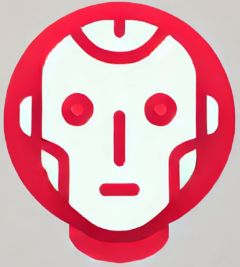AI Driving Smarter Consumer Trend Predictions
In 2013, Target made headlines after a father discovered his teenage daughter was pregnant not because she told him—but because Target’s AI-powered analytics had figured it out and sent her ads for baby products. While that example sparked controversy, it also revealed a powerful truth: AI driving smarter consumer trend predictions isn’t science fiction—it’s business strategy.
How AI Transforms Trend Forecasting
Traditionally, businesses relied on historical sales data, manual market research, and gut instinct to forecast trends. These methods were time-consuming and often blind to emerging consumer behaviors. AI has changed that by analyzing trillions of data points in real-time, spotting patterns invisible to humans, and accurately predicting what consumers want before they know it themselves.
1. Real-Time Data Analysis
AI systems can process data from sources like:
- Social media sentiment analysis
- Search engine patterns
- Point-of-sale and e-commerce transactions
- Web browsing behavior and clickstreams
This allows businesses to respond faster to shifting preferences and market fluctuations, adjusting product offerings or marketing tactics almost instantly.
2. Hyper-Personalized Marketing
AI goes beyond broad trends to anticipate the preferences of individual consumers. Machine learning algorithms can segment audiences based on behavior, demographics, and psychographics, serving ultra-personalized campaigns that feel intuitive and timely. This leads to higher engagement rates and increased ROI.
3. Predictive Product Development
Forward-thinking companies use AI to forecast what products will resonate with their target audience months or even years in advance. By analyzing user feedback, competitor offerings, and industry chatter, businesses can design new products that cater to emerging needs before the trend peaks.
Industries Benefiting Most from AI-Driven Predictions
While AI is revolutionizing virtually every sector, some industries are seeing especially significant gains from smarter consumer trend predictions:
- Retail: AI helps retailers customize inventory and recommend products based on browsing behavior.
- Fashion: Algorithms detect trending colors, fabrics, and styles gaining momentum across social media.
- FMCG (Fast-Moving Consumer Goods): Brands adjust advertising language and packaging in real-time based on localized shopper trends.
- Entertainment: Streaming platforms like Netflix use AI to predict which types of content will perform best, tailoring recommendations and even influencing content creation.
Getting Started with AI Trend Prediction
Businesses looking to harness the power of AI don’t need to build systems from scratch. Tools like Adobe Sensei, Google Cloud AI, and IBM Watson offer accessible platforms for integrating machine learning into trend forecasting processes. Utilizing these platforms, even smaller businesses can make smarter decisions based on predictive insights.
Additionally, plenty of resources and expert advice is available, such as this Harvard Business Review article on how marketers are using AI more efficiently.
The Competitive Edge Bought by AI
Those who embrace AI driving smarter consumer trend predictions don’t just gain foresight—they gain an edge. In today’s data-driven economy, predictive power is becoming the new differentiator. Companies that can see what’s next will always be better positioned to serve their customers now.
As AI technology becomes more sophisticated, the distance between businesses that adopt AI-powered forecasting and those that don’t will only widen. It’s not just about keeping up—it’s about staying ahead.
